Full Automatic Constant Pressure Variable Frequency Water Supply Equipment is a new generation of hi...
See DetailsThe Power and Precision of the Chemical Self-Priming Magnetic Drive Pump
Industry News-In the world of industrial fluid transfer, especially when dealing with corrosive or hazardous chemicals, safety, efficiency, and reliability are non-negotiable. One of the innovative and effective solutions to address these demands is the Chemical Self-Priming Magnetic Drive Pump. This advanced pump combines the benefits of magnetic drive technology with self-priming capabilities, making it a good choice for various industries including chemical processing, pharmaceuticals, wastewater treatment, and more.
What is a Chemical Self-Priming Magnetic Drive Pump?
A Chemical Self-Priming Magnetic Drive Pump is a type of pump that uses a magnetic coupling to transfer torque from the motor to the impeller, eliminating the need for a mechanical seal. What sets it apart from standard magnetic drive pumps is its ability to self-prime. This means the pump can evacuate air from the suction line and start pumping without needing manual priming, which is particularly useful in applications where priming is challenging or impossible.
Key Features and Benefits
The Chemical Self-Priming Magnetic Drive Pump boasts several key features that make it indispensable in demanding industrial environments:
Seal-less Design: The absence of mechanical seals reduces the risk of leaks, which is crucial when handling toxic or flammable chemicals.
Corrosion Resistance: Constructed with materials such as fluoroplastics or stainless steel, these pumps resist corrosion from aggressive fluids.
Self-Priming Function: The pump can start on its own without needing external priming, saving time and labor.
Dry Run Protection: Some models come equipped with sensors or designs that prevent damage during dry running, a common risk with conventional pumps.
Energy Efficiency: Magnetic drive systems typically consume less energy and require lower maintenance compared to traditional sealed pumps.
Applications of the Chemical Self-Priming Magnetic Drive Pump
The Chemical Self-Priming Magnetic Drive Pump is widely used in industries where the safe and efficient transfer of liquids is critical:
Chemical Manufacturing: proper for pumping acids, alkalis, solvents, and other reactive chemicals.
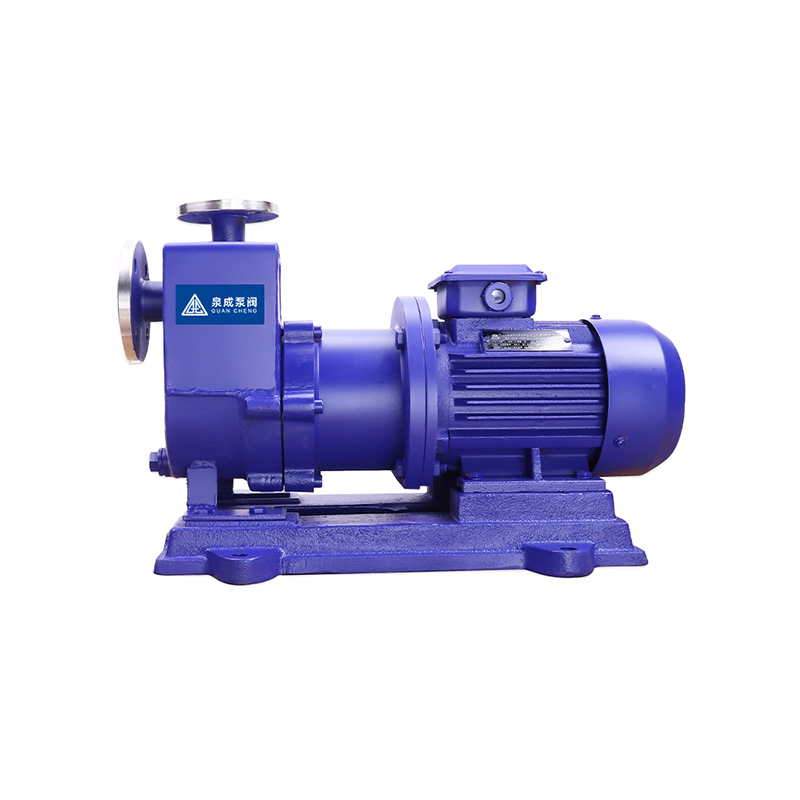
Pharmaceuticals: Used in the production of drugs where contamination must be avoided.
Water Treatment: Suitable for dosing chemicals and managing wastewater.
Food and Beverage: Ensures hygienic and leak-free pumping of food-grade chemicals.
Mining and Metallurgy: Useful for transferring corrosive slurries and reagents.
Safety and Environmental Considerations
When dealing with hazardous fluids, leaks can pose serious risks to both personnel and the environment. The Chemical Self-Priming Magnetic Drive Pump reduces these risks thanks to its seal-less construction, which prevents chemical leakage and exposure. Additionally, the self-priming feature reduces human contact with dangerous substances, promoting safer working conditions.
Maintenance and Longevity
One of the greatest advantages of the Chemical Self-Priming Magnetic Drive Pump is its low maintenance requirement. Since there are no mechanical seals to wear out or replace, maintenance intervals are significantly extended. Furthermore, the non-contact design of the magnetic coupling reduces wear and tear, increasing the operational life of the pump. Regular inspection and cleaning of the pump’s internal parts, especially when used with viscous or particulate-laden fluids, can further enhance its longevity.
Choosing the Right Chemical Self-Priming Magnetic Drive Pump
Selecting the correct Chemical Self-Priming Magnetic Drive Pump depends on several factors:
Type of Fluid: Consider the chemical compatibility of the pump materials with the fluid.
Flow Rate and Head: Choose a model that meets your application’s performance requirements.
Temperature and Pressure: Ensure the pump can handle the operational conditions without compromising safety or efficiency.
Installation Requirements: Consider space constraints and whether vertical or horizontal orientation is needed.


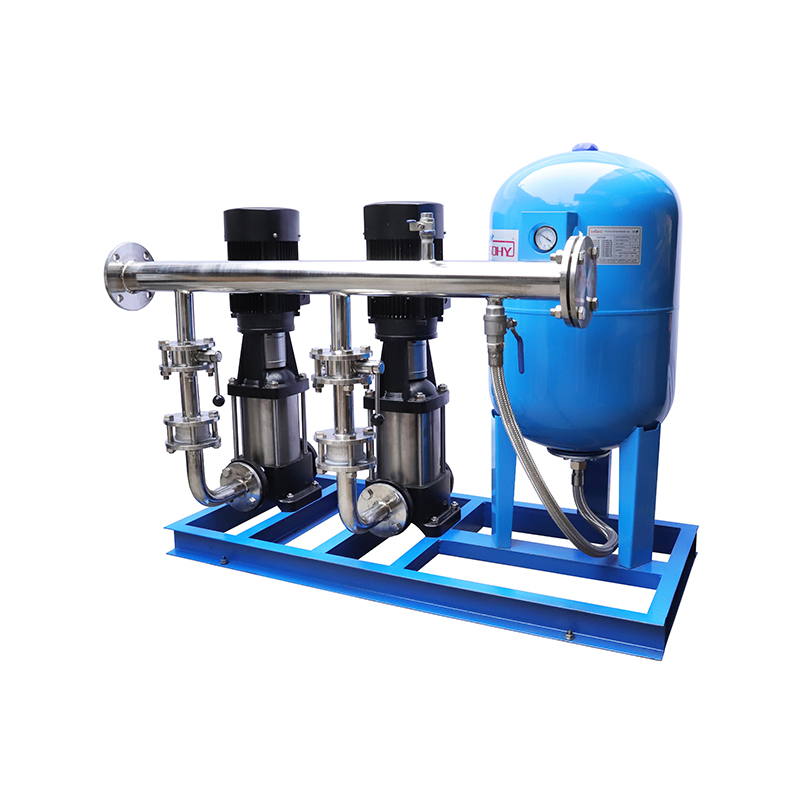
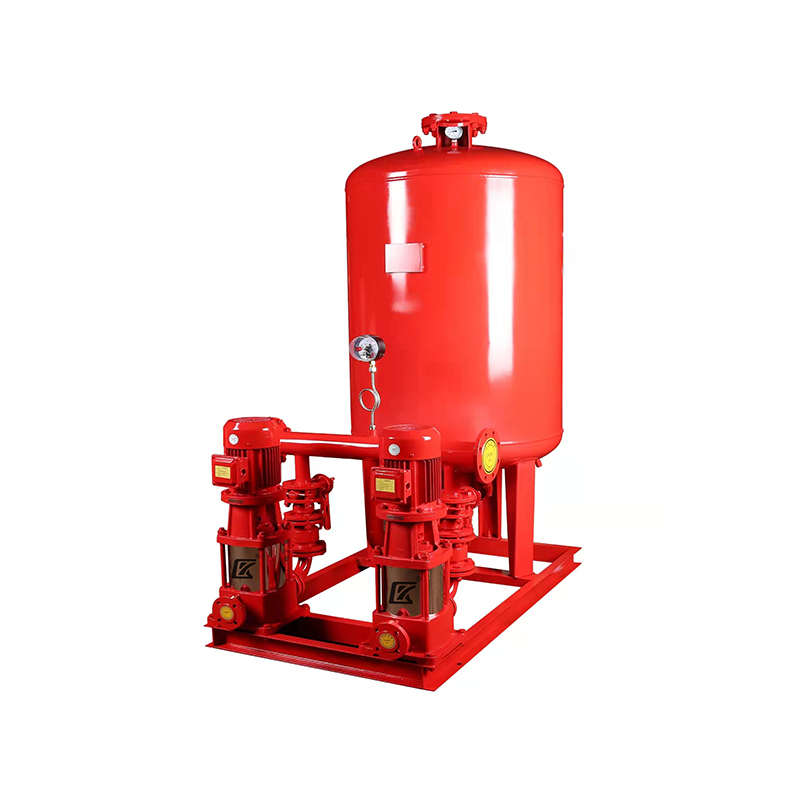
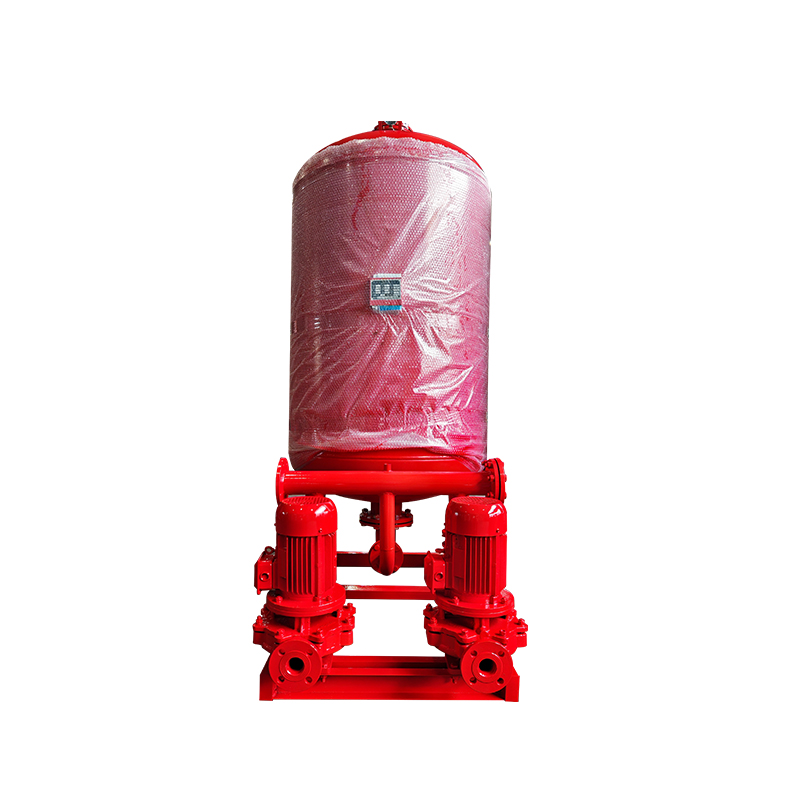

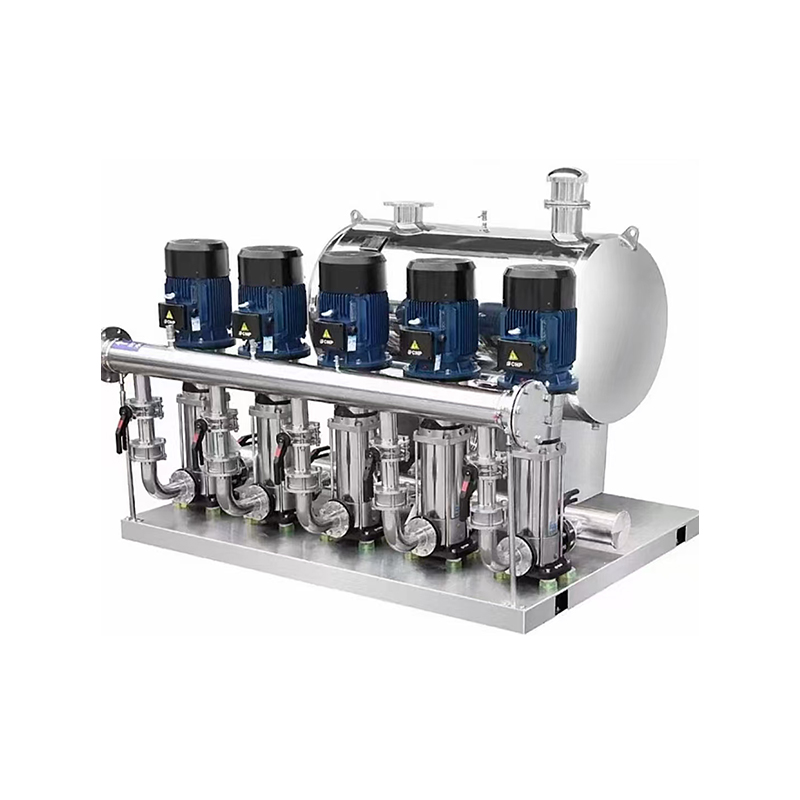

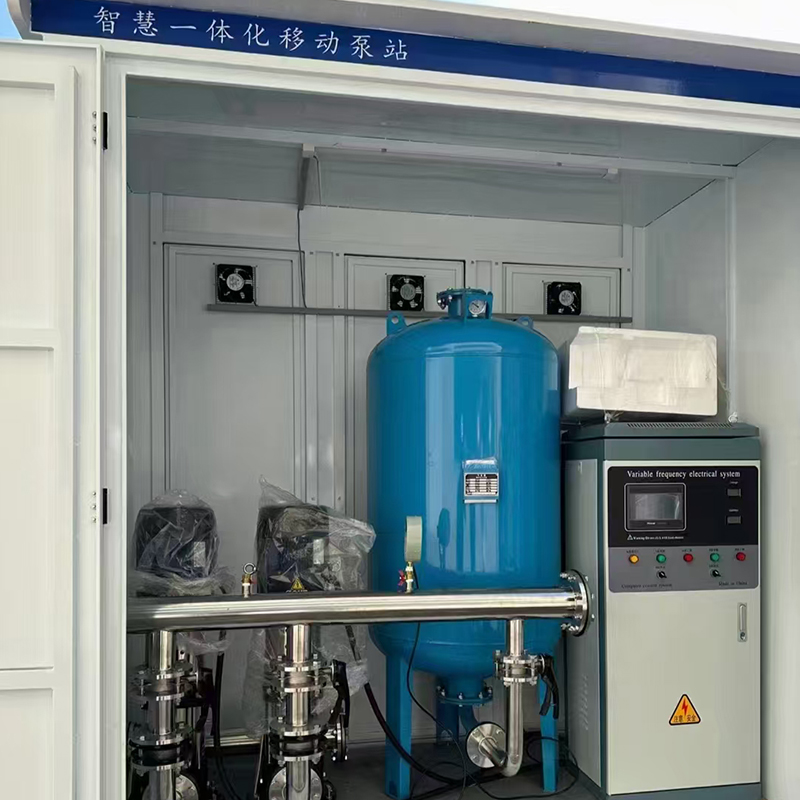

 浙公网安备33032402001888号
浙公网安备33032402001888号
